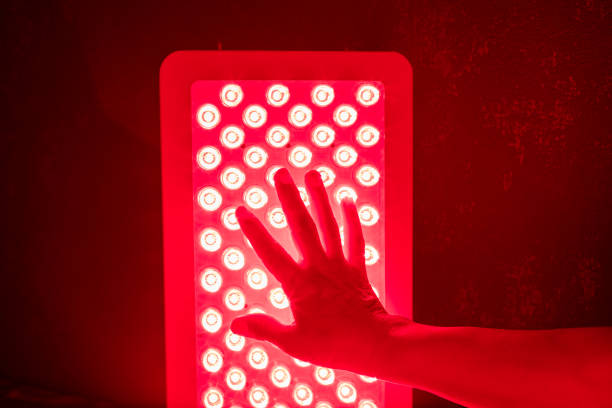Shining Light on the Health Benefits of Photobiomodulation
Have you ever considered the potential health benefits of light therapy? As it turns out, specific light frequencies can have significant effects on our wellbeing. Welcome to the world of photobiomodulation, a game-changing health trend that's as fascinating as it is beneficial.

The Emergence of Photobiomodulation
Photobiomodulation, or PBM, is a form of light therapy that uses specific wavelengths of light to stimulate cellular function. The concept isn’t new—since the dawning of time, humans have harnessed the power of light for healing. Sunlight, for instance, has long been known to boost mood and stimulate vitamin D production. However, it wasn’t until the 1960s that scientists started to study the health benefits of light at a cellular level.
Initially, NASA experimented with light therapy to help astronauts recover from the ill effects of zero-gravity conditions. They discovered that certain light wavelengths could stimulate cellular regeneration and healing. From here, the field of photobiomodulation emerged, with research now extending far beyond NASA’s initial findings.
The Science of Photobiomodulation
PBM works by shining light of specific wavelengths—usually red and near-infrared—directly onto the skin. These wavelengths have the unique ability to penetrate skin layers, reaching cells and tissues to stimulate a process called cellular respiration.
Cellular respiration is crucial for our health. It’s the process through which cells produce energy. When light of specific wavelengths is absorbed by cells, it boosts the production of adenosine triphosphate (ATP), the energy currency of life. This stimulates cellular activity, promoting healing, reducing inflammation, and enhancing overall wellness.
Benefits and Challenges of Photobiomodulation
Research has linked PBM to a range of health benefits. These include enhanced muscle recovery, improved skin health, reduced inflammation, pain management, and even boosted cognitive function. However, like any health practice, PBM has its challenges.
One of the main issues lies in the lack of standardization in PBM devices. The effectiveness of PBM significantly depends on the wavelength and intensity of light used, which can vary widely among devices. Moreover, while the health benefits of PBM are promising, more research is needed to fully understand its potential and limitations.
Practical Tips for Photobiomodulation
Here are some practical tips if you’re considering trying photobiomodulation:
- Consult a healthcare professional: Before starting any new health practice, it’s essential to consult with a healthcare professional. They can provide personalized advice based on your health history and needs.
- Choose a reliable device: Not all PBM devices are created equal. Look for devices that are FDA-approved and backed by solid research.
- Follow usage guidelines: Overuse of PBM can potentially lead to negative effects, such as skin irritation. Always follow the manufacturer’s usage guidelines.
Final Thoughts on Photobiomodulation
Photobiomodulation is an exciting frontier in health and wellness, offering a non-invasive and natural way to enhance cellular function and overall wellbeing. As research continues to explore the potential of PBM, it’s worth considering how this form of light therapy could play a role in your wellness journey. As always, before embarking on any new health practice, seek advice from a healthcare professional to ensure it suits your individual needs.




